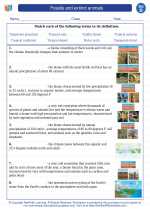Mountain Building
Mountain building is the process by which mountains are formed. This can occur through several mechanisms, including tectonic plate movement, volcanic activity, and erosion.
Tectonic Plate Movement
Most mountains are formed by the movement of tectonic plates. When two tectonic plates collide, they can create mountain ranges through a process called orogeny. This can result in the folding, faulting, and uplift of the Earth's crust, leading to the formation of large mountain chains.
Volcanic Activity
Volcanic activity also plays a role in mountain building. When magma from the Earth's mantle erupts onto the surface, it can form volcanic mountains. Over time, repeated volcanic eruptions can build up large, towering peaks.
Erosion
While tectonic plate movement and volcanic activity can build mountains, erosion also plays a significant role in shaping their final form. The forces of wind, water, and ice can wear down mountains over millions of years, creating unique and varied landscapes.
Study Guide
- What is mountain building?
- How are mountains formed through tectonic plate movement?
- Explain the role of volcanic activity in mountain building.
- What is the significance of erosion in shaping mountains?
◂Science Worksheets and Study Guides Fourth Grade. Fossils and extinct animals

 Worksheet/Answer key
Worksheet/Answer key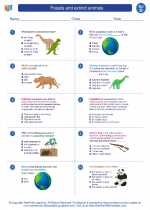
 Worksheet/Answer key
Worksheet/Answer key
 Worksheet/Answer key
Worksheet/Answer key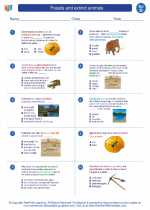
 Vocabulary/Answer key
Vocabulary/Answer key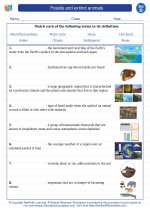
 Vocabulary/Answer key
Vocabulary/Answer key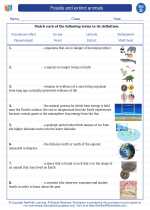
 Vocabulary/Answer key
Vocabulary/Answer key
 Vocabulary/Answer key
Vocabulary/Answer key